
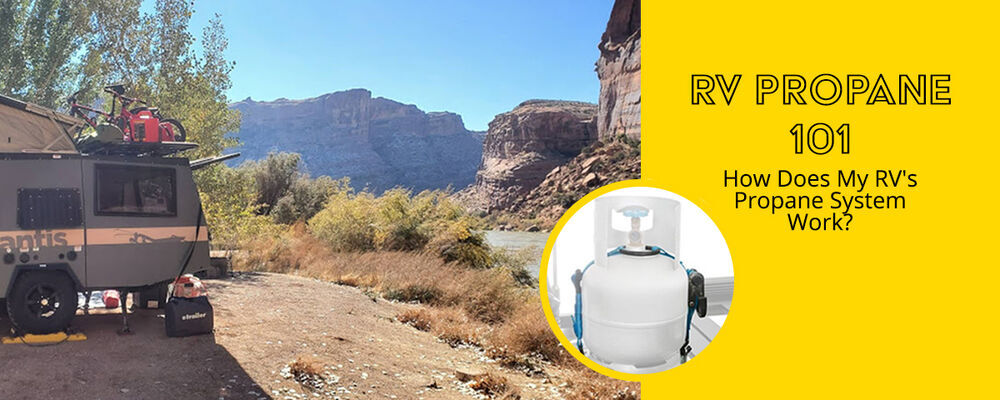
RV Propane 101: How Does My RV's Propane System Work?
How Does My RV's Propane System Work?
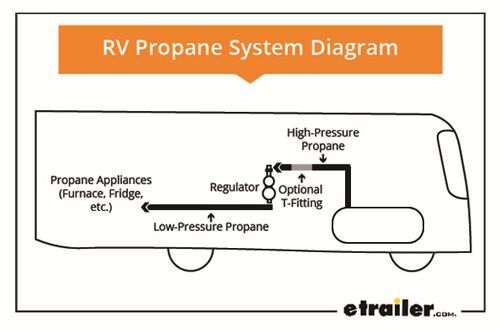
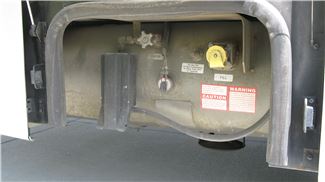
Motorhome Propane Systems
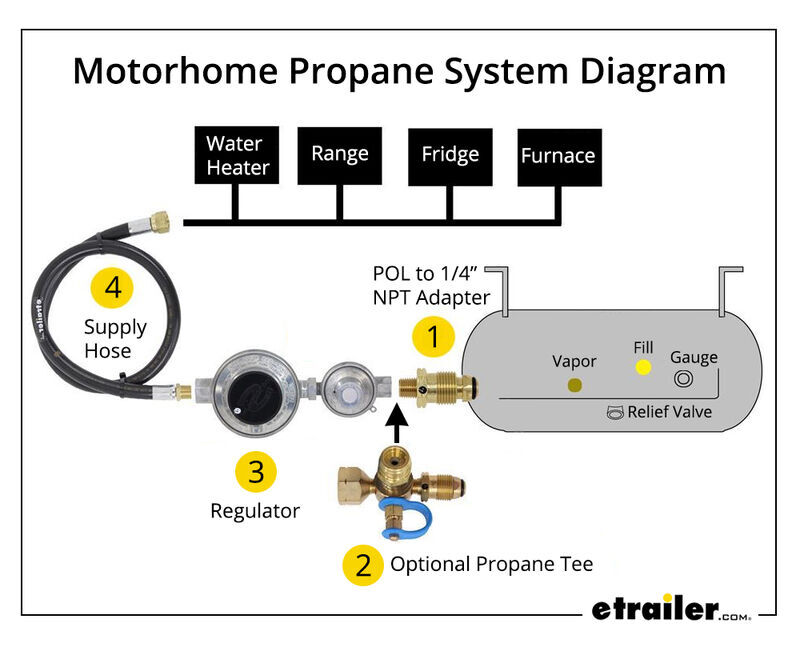
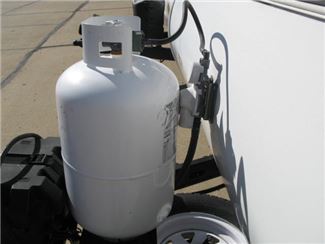
Travel Trailer/Fifth Wheel Propane Setups (Single Tank)
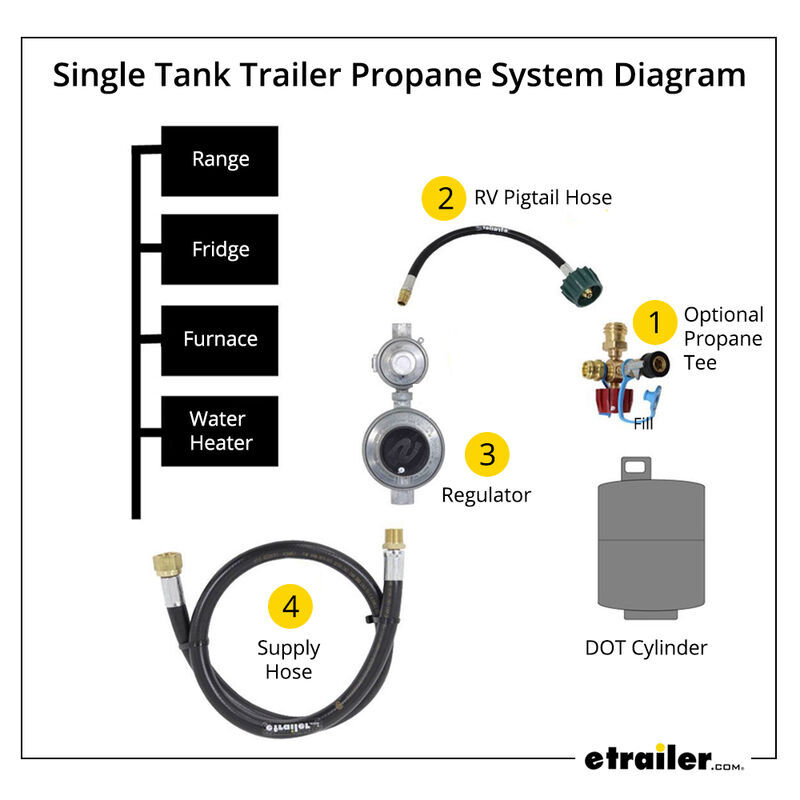
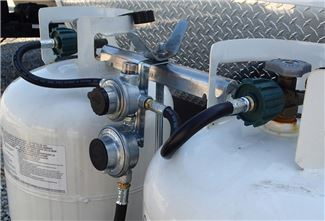
Travel Trailer/Fifth Wheel Propane Setups (Dual Tank)
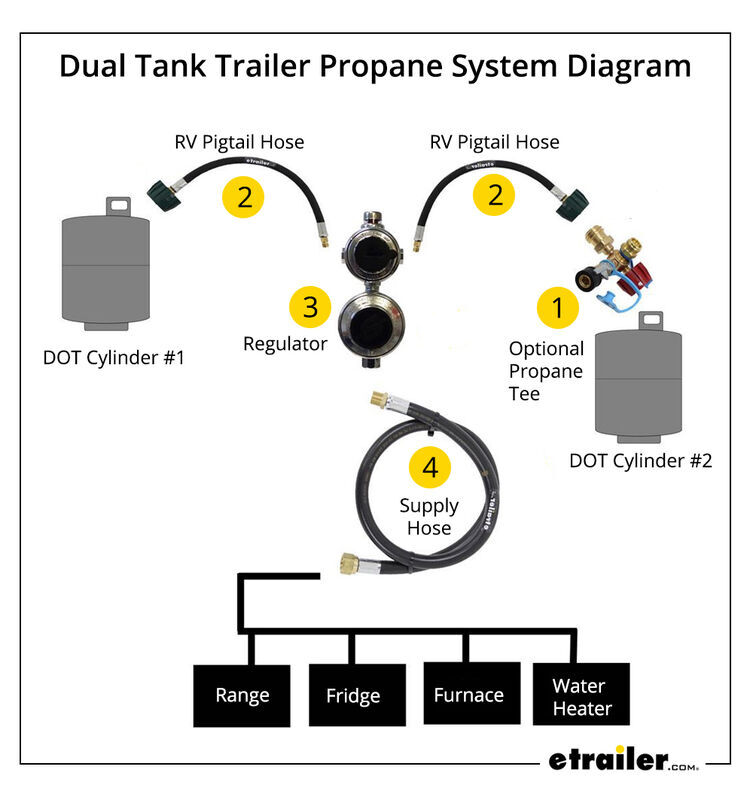
How Does an RV Propane Furnace Work?
How Do You Run an RV Fridge on Propane?
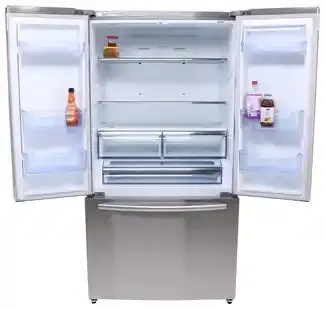
Shut off your propane and appliances when you refill your propane tank. Shut off your appliances when at the the gas station. If you only turn off main propane line and not your appliances, they might try to reignite the pilot light, and you don't want an open flame burning at the gas station. Check your state's restrictons on tunnels, and keep an eye out for signs that prevent bottle gas in tunnels. Why the concern over tunnels? Propane weighs more than air, and there's a risk of gas pooling at the bottom of tunnels and creating a hazardous gas tube. You may be allowed to pass through by simply turning your propane off, or you may have to find an alternate route. Of course, shut off your propane anywhere a state or local law prohibits propane use while driving.
How to Fill an RV Propane Tank
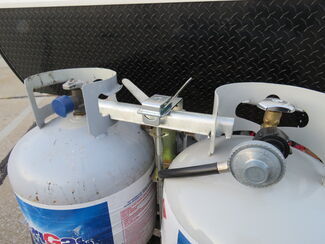
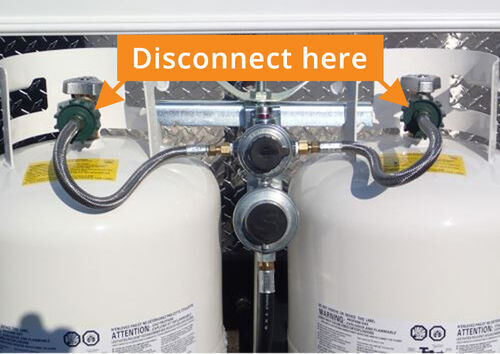
Highly convenient - can typically do this at any Walmart or hardware store Can trade out your nearly expired tank for a new one
Typically costs more than refilling May not receive a completely filled tank in exchange May end up trading your newer tank for an older one in worse condition You don't know how well the tank you receive was cared for by the previous owner Limited to 20-lb tanks in most exchange locations
Typically costs less than exchanging More control over the amount of propane in your tank Can keep your own tank in great condition and use it for years Typically the only option for tanks larger than 20 lbs
May not be as easy to find a refilling location as it is an exchange location DOT tanks must be recertified every 10 years since you'll be using the same tank
How to Find a Propane Leak in an RV
Immediately turn the main propane valve to "off" if possible. Cease using your gas appliances and put out open flames; turn off lights; don't even risk using your cell phone near the RV. Even the smallest spark can turn dangerous when there's a gas leak. Open the doors and windows. Put as much space between yourself/your family and your leaking gas tank as possible. If you have campground neighbors, make sure to warn them too so they can take precautions. Once you're a safe distance away from the RV, call 911.
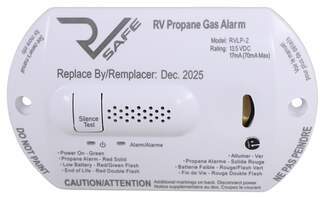
How to Tell If Your RV Propane Tank is Empty
The easiest way is with a propane tank gauge like this one. It will let you know how much LP you have left and even detect leaks. Another simple method is to pour a pot of hot water on the outside of your propane tank. No, this isn't a joke — feel the tank afterward, and where the tank is hot, it's empty. The cold part of the tank indicates that it's filled with propane. Similarly, if you're camping in a cold climate and part of your propane tank is frosted over, the propane is usually where the frost is.
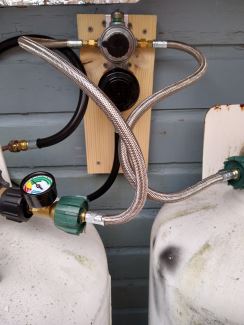
How Much Propane Does Your RV Use?
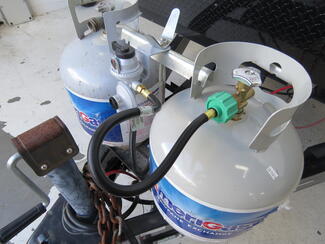
How Much Propane Does an RV Furnace Use?
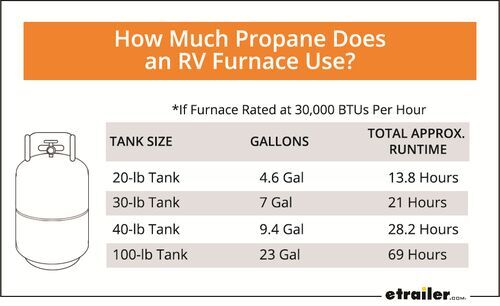
How Much Propane Does an RV Hot Water Heater Use?
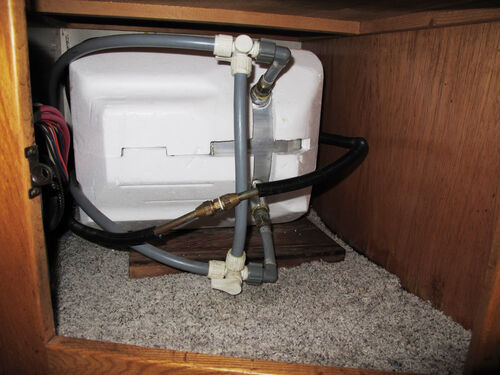
How Much Propane Does an RV Fridge Use?
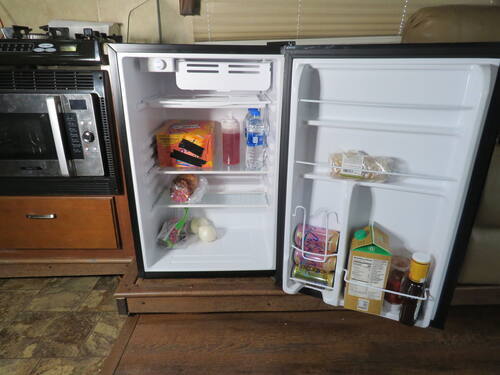
How to Connect an RV Grill or Other Accessory
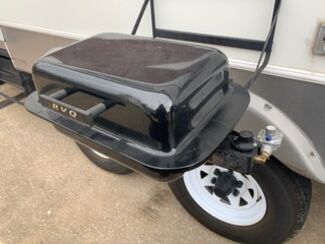

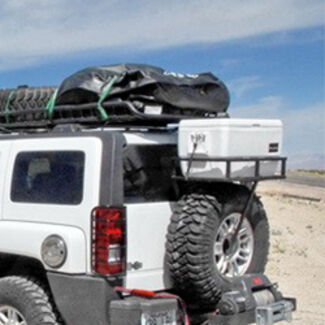
Jack S.
6/14/2023
We have a 30ft class C. We put it away for the winter and now can't turn the propane value. Without it we have no fridge or stove. I've tried an open wrench but it hardly moves. I'm concerned about snapping it off. Can it be so stuck it needs replacing?


Jennifer
3/15/2023
My husband has a gas furnace hooked up to a propane bottle inside our camper. We smoke cigarettes so constantly lighting a lighter. How damgerous is this because he wont listen to me.
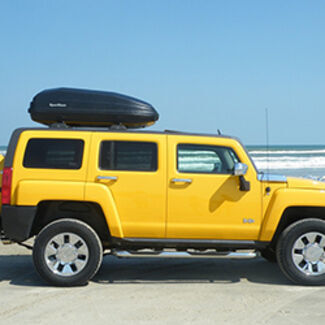
Kathy
6/22/2022
I just bought a used motor home i was told everything worked on it . i have it plugged into ac current but have been trying to get everything to work my fridge works on electric but not gas it doesn't even try to work and my water heater don't work either it doesn't even try to light is the system different from a regular pull rv


Judy S.
3/26/2022
I am an older lady who is brand new to RVing. Thank you so much for this article. It explains some things that I couldn't find the answers to elsewhere. -Judy

Departments
Towing
- Trailer Hitch
- Fifth Wheel
- Gooseneck
- Towing a Vehicle
- Front Hitch
- RV Hitch
- ATV Hitch
- HD Truck Hitch
- Vehicle Wiring
- Brake Controller
- Ball Mounts
- Weight Distribution
Sports and Recreation
Trailer Parts
- Utility Trailer
- Boat Trailer
- Landscape Trailer
- Enclosed Trailer
- 5th/Camper Trailer
- Car Hauler
- Horse Trailer
Vehicle
Contact & Help

What our customers are saying:
"I like the easy of navigation through the site. It only took me a couple of minutes to place my order. Thank You I will shop this sight again in the future."
Popular Vehicles
- Subaru Forester
- Ford F-350 Super Duty
- Ford F-250 Super Duty
- Chevrolet Silverado 1500
- Jeep Wrangler Unlimited
- Jeep Wrangler
- Ram 3500
- Toyota Highlander
- Ram 2500
- Chevrolet Silverado 2500
- Subaru Outback Wagon
- Chevrolet Silverado
- Dodge Ram Pickup
- GMC Sierra 2500
- Ram 1500
- Ford F-250 and F-350 Super Duty
- Jeep Grand Cherokee
- Toyota Tacoma
- GMC Sierra 3500
- Toyota Tundra
- Ford Escape
- More >>


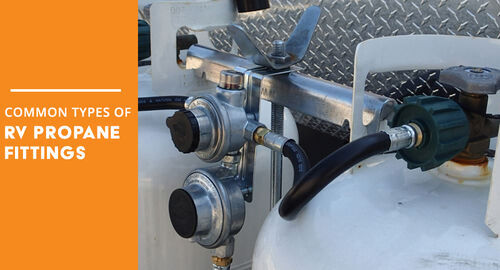
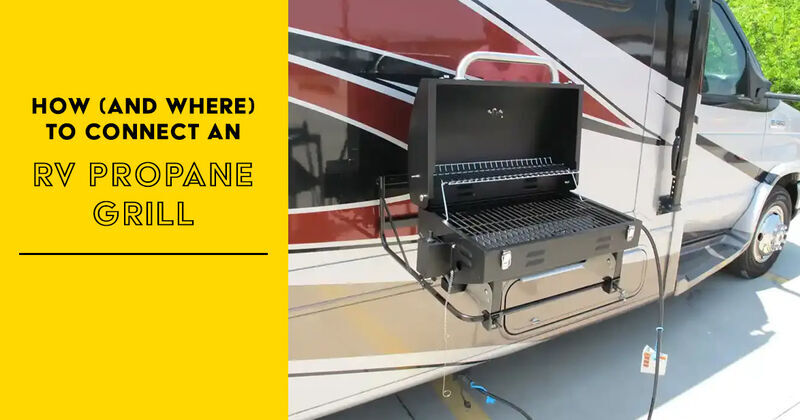
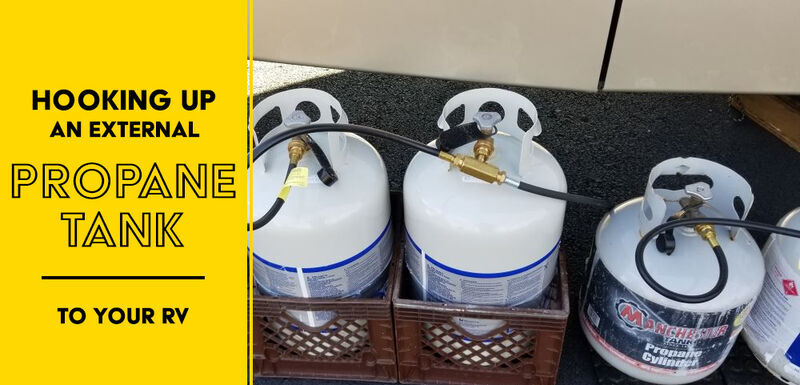
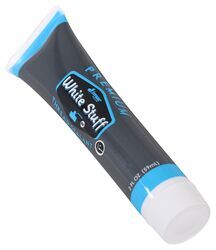
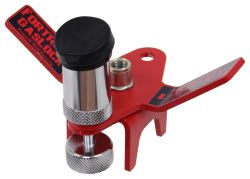
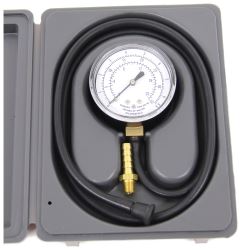

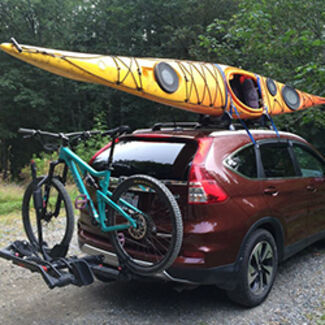

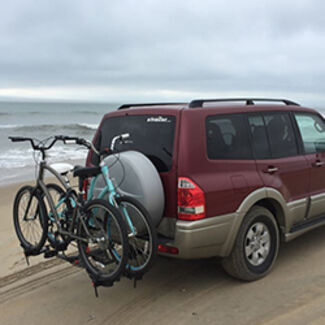

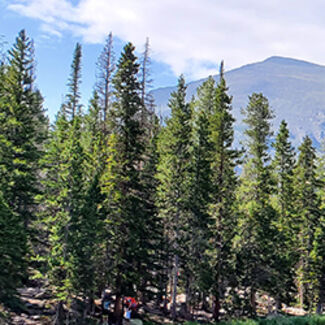













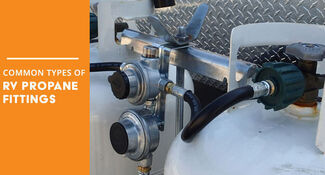



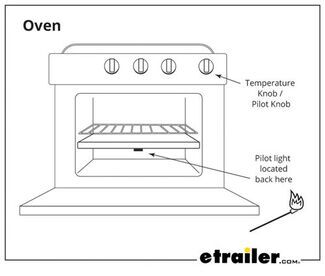







Ken R.
12/21/2023
I have a 2001 Discovery I had to replace my propane line from the fill to the tank. I am trying to lite my frig and stove but cant get any propane. I have checked the emergency shut off and it is no and the tank is full. Is there any manual shut off that when the shop was replacing the propane line they might have turned off. Or maybe the full tanks not letting the regulator to switch with the pressure.